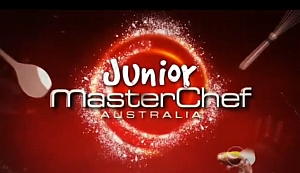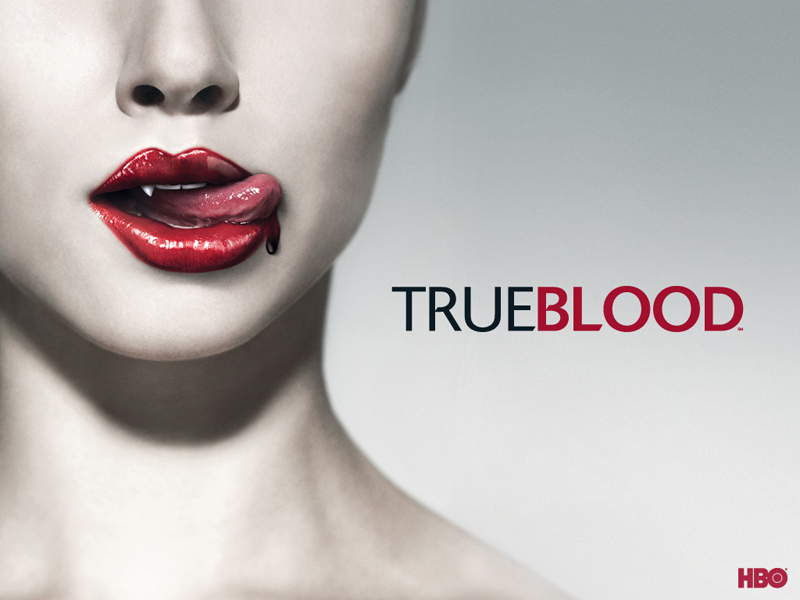Those who know me well know that I’m serious about my food. Being Malaysian, food is core to my culture and identity – many gatherings (both family and social) occur around a dining table packed with a wide variety of food. “Makan makan” is what we say, meaning “Eat! Eat!”
Having said this, writing about Junior Masterchef seems like a natural fit. However, I wish not to focus on the food nor the amazing talent of these inspirational kids, but the brilliance of the strategy behind the partnership between Channel 10 and Coles Supermarkets. As a budding online/digital strategist, I find myself thrilled by what’s been plated before me.
The beauty of airing Junior Masterchef is the execution a smartly thought out retention and attraction strategy for Channel 10. If we think about Channel 10, its core audience is 18-49 year olds. Junior Masterchef, from a retention angle, preserves and deepens this existing audience loyalty to the Masterchef brand and thus, to the Channel 10 Network.
From an attraction angle, however, I think Channel 10 has been able to widen its target audience and attract a new market segment – kids between the ages of 8-13. Kids can relate to Junior Masterchef because the content and contestants are contextually relevant to them. According to a 2010 study commissioned for Marketing Week (UK), 91% of children between the age of six and 10 believe a product is cool because their best friend does. Tactically, this means that Channel 10 has been able to effortlessly attract more eyeballs from this new market segment, meaning more targeted advertisements, meaning more revenue for Channel 10.
The true beauty, however, is the strategic implications of Junior Masterchef on viewership and Channel 10's retention and attraction lifecycle. Channel 10 has placed its brand to be front of mind in the youth market (and potentially front of mind when they age). How? Junior Masterchef caters for kids now, but Masterchef will also cater for them when they are older. Channel 10 knows it has this new audience; it doesn't need to create this audience. Therefore, all it has to do now is funnel the relevant products (television shows) at the appropriate times (the different age brackets as the kids mature) to ensure audience retention . Basically it's a really effective cross-sell, that also attracts more eyeballs and significantly deepens brand loyalty.
But Channel 10 isn’t the only one laughing its way to the bank. By partnering with Channel 10 on the Junior Masterchef series, Coles Supermarkets has been able to strengthen kids as serious consumer audience. This in turn has one significant impact: it has changed the nature of the average basket composition.
Junior Masterchef educates kids on new types of food as well as kitchen utensils and new cooking gadgets, effectively shifting a kids mindset into thinking more about higher valued goods. A $3.00 packet of M&Ms is still cool, but a chocolate mousse with espresso brulee and orange mint salad (just look at all of the ingredients that need to be purchased) is way cooler. Coles has successfully transformed the mindset of kids from lower valued goods to higher valued goods, and in turn, transformed the average basket composition into larger-sized, higher valued baskets. After all, kids don't pay the bill (and can always leverage public tantrums if they don't have it their way). Don't believe me? "Globally, the 'tween' market of children aged between six and 13 spends an estimated $328 billion of their own money and influence another $2 trillion of parental spend each year" (Browne, 2010). And Coles has even catered for the stricter parents who won't give into the decadent ways of their children. That's with Curtis Stone and his $10 deal. So if kids can't have the chocolate mousse with espresso brulee and orange mint salad, they can have the $10 cherry cheesecake with golden crust. On a relative scale, its much cheaper - and $10 isn't too high an expense to incur. As such, it ensures that kids at least contribute $10 to the average basket size. It’s absolutely brilliant!
It will be interesting to see Coles' next piece in its strategy to capitalise on its traction with the youth market. If it were me, I'd consider having a Curtis Stone equivalent only within the youth market. Kids at that age are so impressionable. What's better than having an equal, like-minded kid talk (and sell) directly to another kid?
As Kaye Mehta, founding member of the Coalition on Food Advertising to Children, once said:
The process of...marketing and children promoting products to other children, it's clever but it's insidious
Junior Masterchef, and the partnership between Channel 10 and Cole Supermarket, is a huge milestone for the food and hospitality industry in Australia and I'm excited by what's to come in the future.
Let me know what you think and drop me a comment below.


